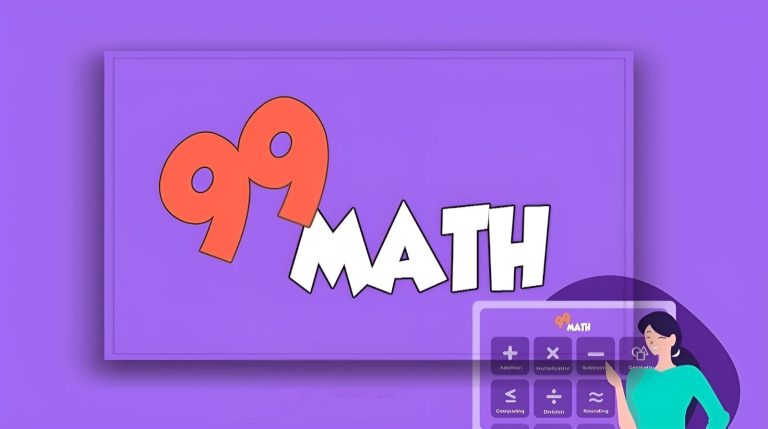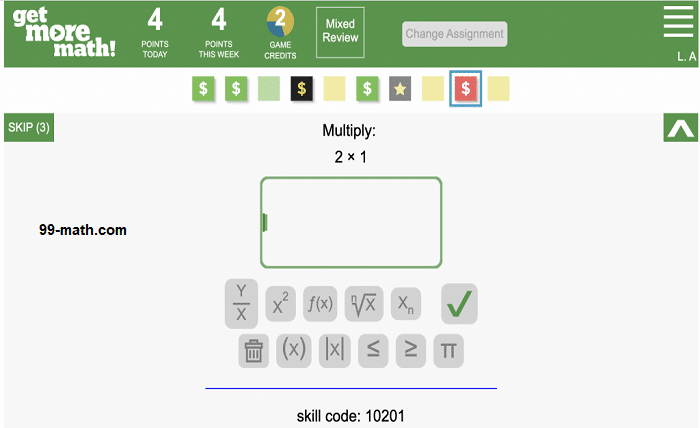Flipped Math: Transforming Learning Beyond the Classroom
The traditional classroom model, where teachers lecture during class time and assign homework to reinforce concepts, has long been the norm in education. However, a growing number of educators are embracing a different approach known as the flipped classroom. This innovative method, particularly effective in teaching mathematics, shifts the traditional learning process to enhance student engagement and comprehension. This article explores the concept of flipped math, its benefits, implementation strategies, and the impact on students’ learning experiences.
Understanding the Flipped Classroom Model
The flipped classroom model inverts the traditional learning structure. Instead of delivering lectures during class time, teachers assign instructional videos, readings, or other materials for students to engage with at home. Class time is then devoted to interactive activities, such as problem-solving, discussions, and collaborative projects. This approach allows students to learn at their own pace outside of class and apply their knowledge with the teacher’s support during class.
Benefits of Flipped Math
The flipped classroom model offers several advantages that can significantly enhance math learning:
- Personalized Learning Pace: Students can pause, rewind, and rewatch instructional videos, allowing them to learn at their own pace. This flexibility is particularly beneficial for students who may struggle with certain concepts and need additional time to understand the material.
- Active Learning: By shifting the focus from passive listening to active problem-solving, students are more engaged in the learning process. This hands-on approach helps reinforce math concepts and encourages critical thinking.
- Immediate Feedback: In a flipped classroom, teachers can provide immediate feedback and support as students work through problems during class. This real-time assistance helps address misunderstandings and reinforces learning.
- Collaborative Learning: Flipped math promotes collaboration among students. Working together on problem sets and projects encourages peer-to-peer learning and helps develop communication and teamwork skills.
- Efficient Use of Class Time: Class time is used more efficiently, with less time spent on lectures and more time dedicated to interactive and meaningful activities. This maximizes learning opportunities and makes the most of the teacher’s expertise.
Implementing Flipped Math
Successfully implementing a flipped math classroom requires careful planning and the right resources. Here are key steps and strategies for educators to consider:
- Prepare Quality Instructional Materials: High-quality instructional videos and materials are essential for a successful flipped classroom. Teachers can create their own videos or use existing resources from platforms like Khan Academy, Coursera, or YouTube channels dedicated to math education.
- Set Clear Expectations: Clearly communicate the flipped classroom model to students and parents. Explain the benefits, how it works, and the expectations for completing pre-class assignments and participating in class activities.
- Use Learning Management Systems (LMS): Utilize an LMS like Google Classroom, Canvas, or Schoology to organize and distribute instructional materials, track assignments, and facilitate communication between teachers and students.
- Plan Engaging In-Class Activities: Design in-class activities that encourage active learning and collaboration. Activities can include group problem-solving, math games, discussions, and hands-on projects that apply mathematical concepts.
- Monitor and Support Student Progress: Regularly check in with students to monitor their progress and provide support as needed. Use formative assessments, quizzes, and class participation to gauge understanding and address any learning gaps.
Resources for Flipped Math
Various resources can help educators effectively implement a flipped math classroom. Here are some valuable tools and platforms:
- Khan Academy: Offering free video tutorials and practice exercises on a wide range of math topics, Khan Academy is an excellent resource for flipped math classrooms. The platform also includes personalized learning dashboards to track student progress.
- Edpuzzle: Edpuzzle allows teachers to create interactive video lessons by adding questions, comments, and audio notes to existing videos. This tool helps ensure students are actively engaging with the content and understanding key concepts.
- Desmos: This graphing calculator and educational platform provides interactive activities and lessons for math instruction. Desmos is particularly useful for visualizing mathematical concepts and facilitating in-class problem-solving.
- Flipgrid: Flipgrid is a video discussion platform that enables students to share their thoughts and solutions to math problems through short video responses. This tool encourages student participation and fosters a sense of community in the classroom.
- Screencastify: Screencastify is a screen recording tool that allows teachers to create instructional videos and tutorials. It’s user-friendly and integrates well with Google Classroom, making it easy to share content with students.
Impact on Students’ Learning Experiences
The flipped classroom model has a profound impact on students’ learning experiences, particularly in mathematics:
- Improved Understanding: By engaging with instructional materials at their own pace and applying concepts during class, students gain a deeper understanding of math topics. The hands-on approach helps solidify their knowledge and build confidence.
- Enhanced Engagement: The interactive nature of a flipped classroom keeps students more engaged and motivated. Collaborative activities and immediate feedback from teachers create a dynamic learning environment that fosters enthusiasm for math.
- Greater Responsibility: Flipped math encourages students to take responsibility for their own learning. Completing pre-class assignments and actively participating in class activities helps develop self-discipline and time management skills.
- Better Performance: Research has shown that students in flipped classrooms often perform better on assessments compared to those in traditional classrooms. The active learning approach helps improve problem-solving skills and retention of mathematical concepts.
- Individualized Support: Teachers can provide more individualized support in a flipped classroom. By spending less time lecturing and more time working with students, teachers can address specific needs and tailor their instruction to help each student succeed.
Conclusion
Flipped math is transforming the way students learn and engage with mathematical concepts. By shifting the focus from passive lectures to active, hands-on learning, the flipped classroom model offers numerous benefits, including personalized learning, increased engagement, and improved performance. With the right resources and strategies, educators can effectively implement a flipped math classroom and create a dynamic learning environment that supports student success. As more schools and educators embrace this innovative approach, the future of math education looks brighter than ever, empowering students to conquer mathematical challenges and excel in their academic journeys.
Also Read:





